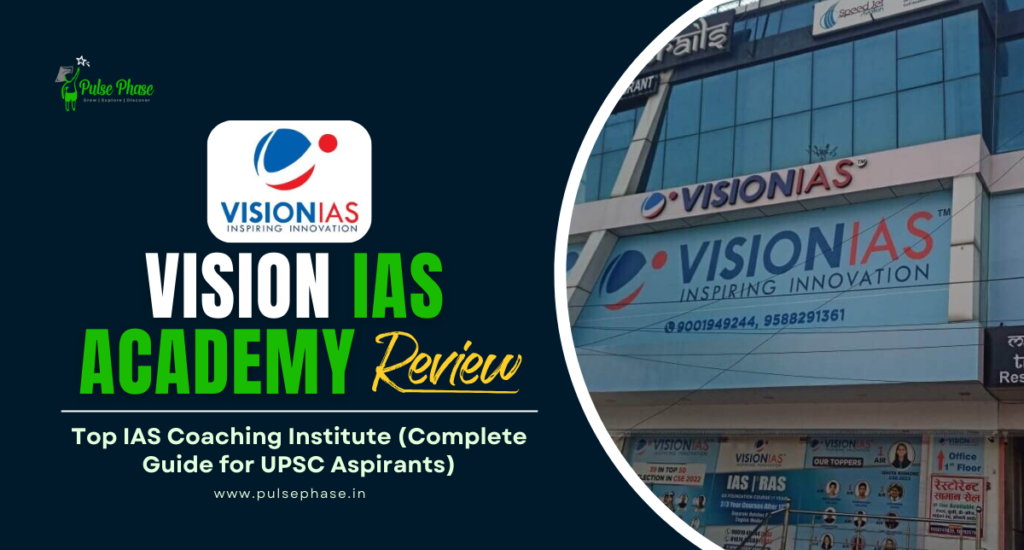Mechanical designing is the order that applies the standards of designing, physical science, and materials science for the plan, examination, assembling, and support of mechanical frameworks. It is the part of designing that includes the plan, creation, and activity of hardware. Mechanical Engineering Optional Books for UPSC IAS Mains It is one of the most established and broadest of the designing orders. With the correct methodology, it is feasible to clear this test in the main endeavor yet don’t get discouraged if you come up short.
The mechanical engineering syllabus for UPSC has two papers Paper I and Paper-II. Each Paper is 250 marks and both are of total 500marks.
Improtant Books of Mechanical Engineering Optional for UPSC IAS Mains Exam
Since mechanical engineering is a technical subject, it is mostly selected by people from Engineering background. But that doesn’t mean anyone could appear for exams without referring mechanical engineering optional upsc books. Every student must refer to recommended mechanical engineering upsc books to score books. Here are some of the best mechanical engineering optional books to refer for the exam
- Manufacturing Science – R K Jain
- Manufacturing Technology – P N Rao
- Production Management – R K Jain
- Theory of Mechanism and Mechanics – Jagdish Lal
- Principles of Manufacturing Material & Process – Campbell
- Thermodynamics – R Yadav
- Theory of Mechanics – S S Rattan
- Heat Conversion – Arora and Kundwar
- Heat Transfer – Gupta Prakash
- Heat and Mass Transfer – R. Yadav
- Environmental Pollution Central Engineering-CS Rao
- Mechanics of Solids – Popru
- Energy Conversion – Sukhalmoy
- Surveying and Levelling – T P Kanetkar
- Fundamentals of Classed Thermodynamics – Van Wylen
UPSC Mechanical Engineering Paper I syllabus:
Mechanical engineering UPSC syllabus consists of two papers. Paper 1 and 2. Mechanical engineering paper I syllabus has these main topics:
- Mechanics
- Engineering materials
- Theory of mechanics
- Manufacturing science
Mechanics covers the following subtopics:
- Mechanics of rigid bodies
- Equations of equilibrium in space and its application;
- first and second moments of area.
- simple problems on friction; kinematics of particles for plane motion;
- elementary particle dynamics.
- Mechanics of deformed bodies
- Generalized Hooke’s law and its application; design problems on axial stress, shear stress, and bearing stress; material properties for dynamic loading; bending shear and stresses in beams
- determination of principal stresses and strains – analytical and graphical; compound and combined stresses; bi-axial stresses – thin-walled pressure vessel
- material behavior and design factors for the dynamic load; design of circular shafts for bending and torsional load only
- deflection of the beam for statically determinate problems; theories of failure
Engineering materials covers these important topics:
- Basic concepts on the structure of solids
- common ferrous and non-ferrous materials and their applications;
- Heat-treatment of steels; non-metals- plastics, ceramics, composite materials, and nano-materials.
Theory of mechanics is another important main topic in the UPSC Exam and it has the following domains to cover:
- Kinematic and dynamic analysis of plane mechanisms.
- Cams, Gears and epicyclic gear trains, flywheels, governors, balancing of rigid rotors, balancing of single and multi cylinder engines, linear vibration analysis of mechanical systems (single degree of freedom), Critical speeds, and whirling of shafts.
Manufacturing Science has the following domains to cover:
- The manufacturing process has these sub-topics:
- Machine tool engineering – Merchant’s force analysis; Taylor’s tool life equation; conventional machining; NC and CNC machining process; jigs and fixtures.
- Non-conventional machining – EDM, ECM, ultrasonic, water jet machining, etc; application of lasers and plasmas; energy rate calculations.
- Forming and welding processes- standard processes.
- Metrology – the concept of fits and tolerances; tools and gauges; comparators; inspection of length; position; profile and surface finish.
- Manufacturing management has the following important topics:
- System design: factory location- simple OR models; plant layout – methods based; applications of engineering economic analysis and break-even analysis for product selection, process selection, and capacity planning; predetermined time standards.
- System planning; forecasting methods based on regression and decomposition, design and balancing of multi-model and stochastic assembly lines; inventory management – probabilistic inventory models for order time and order quantity determination; JIT systems; strategic sourcing; managing inter plant logistics.
- System operations and control: Scheduling algorithms for job shops; applications of statistical methods for product and process quality control – applications of control charts for mean, range, percent defective, number of defects and defects per unit; quality cost systems; management of resources, organizations, and risks in projects. System improvement: Implementation of systems, such as total quality management, developing and managing flexible, lean, and agile organizations
UPSC Mechanical Engineering Paper II syllabus:
UPSC Mechanical engineering paper II syllabus has these main topics:
- Thermodynamics, gas dynamics, and turbine
- Heat transfers
- I.C engines
- Steam engineering
- Refrigerating and air-conditioning
Thermodynamics, gas dynamics, and the turbine has these domains to cover:
- The basic concept of First –law and second law of Thermodynamics; the concept of entropy and reversibility; availability and unavailability and irreversibility.
- Classification and properties of fluids; incompressible and compressible fluids flows; effect of Mach number and compressibility; continuity momentum and energy equations; normal and oblique shocks; one-dimensional isentropic flow; flow of fluids in a duct with frictions that transfer
- Flow-through fans, blowers, and compressors; axial and centrifugal flow configuration; design of fans and compressors; single problems compresses and turbine cascade; open and closed cycle gas turbines; work done in the gas turbine; reheat and regenerators.
Heat transfers have these sub-topics:
- Conduction heat transfer- general conduction equation – Laplace, Poisson, and Fourier equations; Fourier law of conduction; one-dimensional steady-state heat conduction applied to the simple wall, solid and hollow cylinder & spheres.
- Convection heat transfer- Newton’s law of convection; free and forced convection; heat transfer during the laminar and turbulent flow of an incompressible fluid over a flat plate; concepts of Nusselt number, hydrodynamic and thermal boundary layer their thickness; Prandtl number; analogy between heat and momentum transfer- Reynolds, Colbum, Prandtl analogies; heat transfer during laminar and turbulent flow through horizontal tubes; free convection from horizontal and vertical plates.
- Black body radiation – basic radiation laws such as Stefan-Boltzman, Planck distribution, Wein’s displacement, etc.
I.C engines have these domains to cover:
- Classification, thermodynamic cycles of operation; determination of break power, indicated power, mechanical efficiency, heat balance sheet, interpretation of performance characteristics, petrol, gas, and diesel engines.
- Combustion in SI and CI engines, normal and abnormal combustion; effect of working parameters on knocking, reduction of knocking; Forms of the combustion chamber for SI and CI engines; rating of fuels; additives; emission
- Different systems of IC engines- fuels; lubricating; cooling and transmission systems. Alternate fuels in IC engines
Steam engineering has these sub-topics:
- Steam generation- modified Rankine cycle analysis; Modern steam boilers; steam at critical and supercritical pressures; draught equipment; natural and artificial draught; boiler fuels solid, liquid, and gaseous fuels. Steam turbines – principle; types; compounding; impulse and reaction turbines; axial thrust.
- Steam nozzles- a flow of steam in the convergent and divergent nozzle; pressure at throat for maximum discharge with different initial steam conditions such as wet, saturated, and superheated, the effect of variation of back pressure; the supersaturated flow of steam in nozzles, Wilson line.
- Steam power plants – combined cycle power generation; heat recovery steam generators (HRSG) fired and unfired, co-generation plants.
Refrigerating and air conditioning has these sub-topics:
- Vapour compression refrigeration cycle – cycle on p-H & T-s diagrams; eco-friendly refrigerants – R134a,123; Systems like evaporators, condensers, compressor, expansion devices. Simple vapor absorption systems.
- Psychrometry – properties; processes; charts; sensible heating and cooling; humidification and dehumidification effective temperature; air-conditioning load calculation; simple duct design.
Mechanical engineering is a technical subject. It is not taken by many students who are not from Engineering backgrounds. We have discussed in detail about the Mechanical Engineering Optional Books For IAS in this article. Apart from referring books, studying and a proper schedule matters a lot.
Manufacturing Science – Ghosh and Malik
Read More:-



